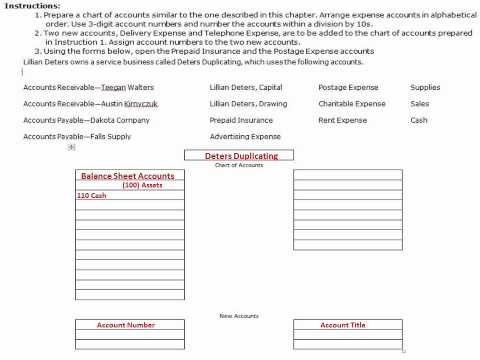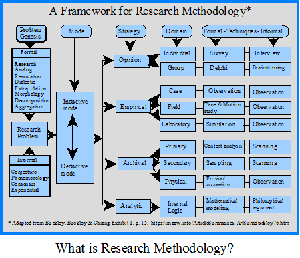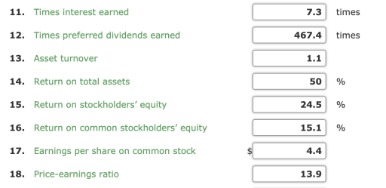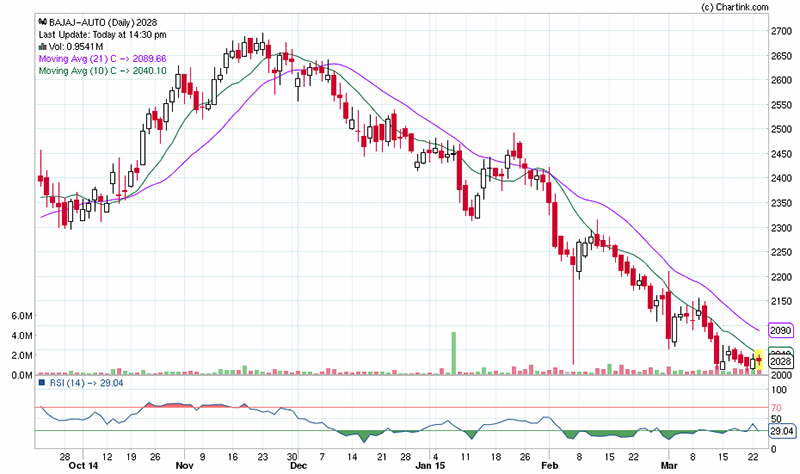
You check Table B-1 and find land improvements under asset class 00.3. You then check Table B-2 and find your activity, paper manufacturing, under asset class 26.1, Manufacture of Pulp and Paper. You use the recovery period under this asset class because it specifically includes land improvements. The land improvements have a 13-year class life and a 7-year recovery period for GDS.
What Is Accumulated Depreciation?
Tracking depreciation will lower the net income for your business, which in turn means that you will pay less in taxes. This is why it’s almost always worth the extra time to depreciate your assets. Used only when calculating depreciation for equipment or machinery, units of production depreciation looks at the number of units produced or hours in operation in order to calculate depreciation totals. MACRS allows you to track and record depreciation using either the straight-line method or the double declining balance method.
Averaging conventions
The General Depreciation System (GDS) is the most common method for calculating MACRS. But in practice, most companies prefer straight-line depreciation for GAAP reporting purposes because lower depreciation will be recorded in the earlier years of the asset’s useful life than under accelerated depreciation. On the balance sheet, depreciation expense reduces the book value of a company’s property, plant and equipment (PP&E) over its estimated useful life. The double declining method (DDB) is a form of accelerated depreciation, where a greater proportion of the total depreciation expense is recognized in the initial stages.

Which Assets Can You Depreciate?
Depletion and amortization are similar concepts for natural resources (including oil) and intangible assets, respectively. As can be seen from the example above, an asset will continue to have some determining a firm’s percentage of credit sales residual value even after the depreciable amount has been deducted. Depreciation refers to the loss in value of an asset over a period of time due to usage, passage of time and obsolescence.

Tax lives and methods
The balance is the total depreciation you can take over the useful life of the property. For information about qualified business use of listed property, see What Is the Business-Use Requirement? https://www.quick-bookkeeping.net/ Your depreciation deduction for the year cannot be more than the part of your adjusted basis in the stock of the corporation that is allocable to your business or income-producing property.
Methods of Depreciation
Regardless of the depreciation method used, the total amount of depreciation expense over the useful life of an asset cannot exceed the asset’s depreciable cost (asset’s cost minus its estimated salvage value). Suppose, however, that the company had been using an accelerated depreciation method, such as double-declining balance depreciation. The above example uses the straight-line method of depreciation and not an accelerated depreciation method, which records a larger depreciation expense during the earlier years and a smaller expense in later years.
You are allowed to depreciate the value of a building you’ve purchased–but the value of the land it’s on can’t be written off. For the sake of this example, the number of hours used each year under the units of production is randomized. Its salvage value is $500, and the asset has a useful life of 10 years. An intangible asset can’t be touched—but it can still be bought or sold. Examples include a patent, copyright, or other intellectual property.
- However, if you change the property’s use to use in a business or income-producing activity, then you can begin to depreciate it at the time of the change.
- The annual depreciation expense is $2,000,000, which is found by dividing $50,000,000 by 25.
- Generally, you must get IRS approval to change your method of accounting.
- The recovery period of property is the number of years over which you recover its cost or other basis.
At the end of their useful lives, when the cars are no longer profitable to lease, Maple sells them. Maple does not have a showroom, used car lot, or individuals to sell the cars. Instead, it sells them through wholesalers or by similar arrangements in which a dealer’s profit is not intended or considered.
The item of listed property has a 5-year recovery period under both GDS and ADS. 2023 is the third tax year of the lease, so the applicable percentage from Table A-19 is −19.8%. Larry’s deductible rent for the item of listed property for 2023 is $800. If you use leased listed property other than a passenger automobile for business/investment use, you must include an amount in your income in the first year your qualified business-use percentage is 50% or less.

Under the mid-month convention, you always treat your property as placed in service or disposed of on the midpoint of the month it is placed in service or disposed of. The following examples show how to figure depreciation under MACRS without using the percentage tables. Assume for https://www.business-accounting.net/what-is-the-discount-on-note-receivable-journal/ all the examples that you use a calendar year as your tax year. If you elect not to apply the uniform capitalization rules to any plant produced in your farming business, you must use ADS. You must use ADS for all property you place in service in any year the election is in effect.

In determining the net income (profits) from an activity, the receipts from the activity must be reduced by appropriate costs. Depreciation is any method of allocating such net cost to those periods in which the organization is expected to benefit from the use of the asset. Depreciation is a process of deducting the cost of an asset over its useful life.[3] Assets are sorted into different classes and each has its own useful life. Depreciation is technically a method of allocation, not valuation,[4] even though it determines the value placed on the asset in the balance sheet. There are different methods used to calculate depreciation, and the type is generally selected to match the nature of the equipment. For example, vehicles are assets that depreciate much faster in the first few years; therefore, an accelerated depreciation method is often chosen.









